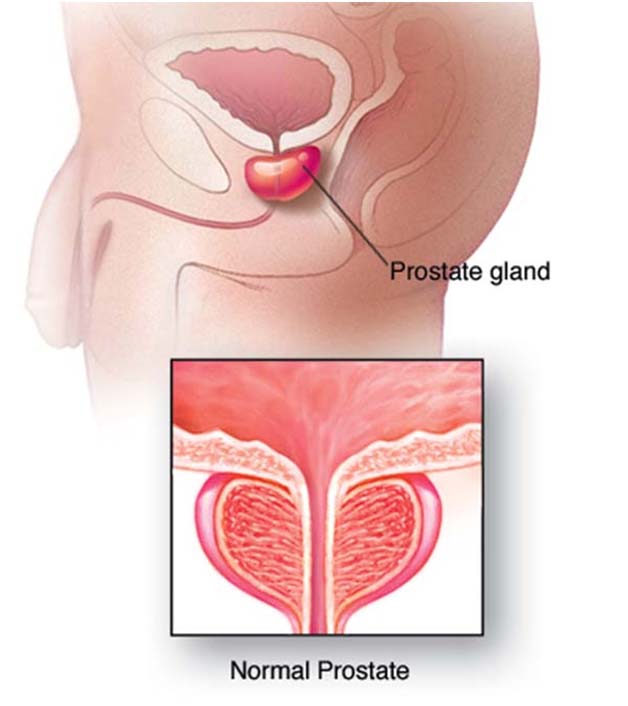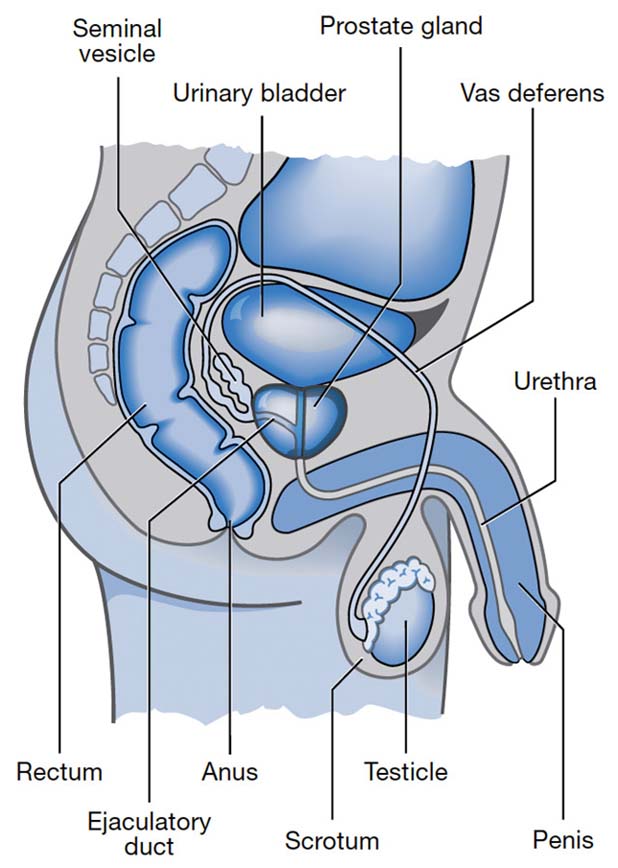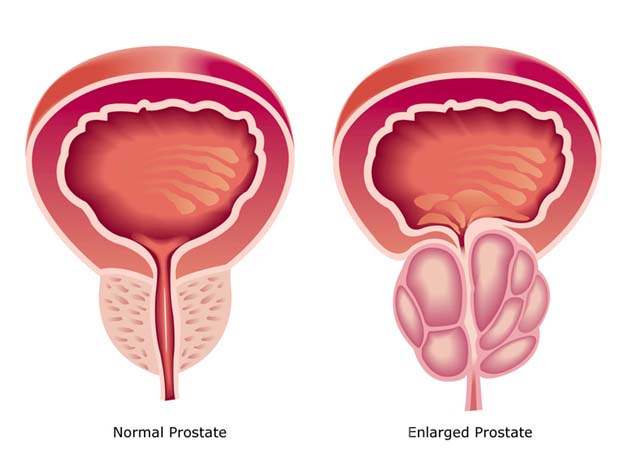Prostate Health Online
Introduction To Prostate Health
What is the Prostate?

Lets talk about prostate health online! The prostate is large walnut sized gland found in a male’s reproductive system. The function of the prostate is to secrete a slightly alkaline fluid, milky in appearance that usually creates roughly 30% of the volume of the male semen.
Prostatic Fluid and Sperm Mobility
When you first ejaculate, the prostatic fluid is expelled alongside spermatozoa. This fluid enhances the sperm’s mobility, prolongs its life, and protects the genetic composition. In comparison, sperm expelled with the seminal vesicular fluid has reduced protection and mobility. The prostatic fluid plays a crucial role in maintaining optimal sperm function and fertility.
The Prostate in Men
Only men have a prostate. It is normal for this gland to develop and grow larger with age. Sometimes, this growth can cause issues, such as difficulty urinating. These problems are more common in older men and are not always symptoms or signs of cancer. Men over 50 years old are advised to undergo a prostate examination at least once a year to monitor their health.
Prostate Health Information
This site is dedicated to providing useful information about prostate health. We cover topics on how to check your prostate for cancer and abnormalities, understand prostate cancer, and manage it both individually and as a couple. We also discuss how to safely stimulate the prostate for better health, use prostate toys effectively, and choose the best toys for powerful prostate orgasms—considered the most intense orgasms a man can experience.
Where Is My Prostate & What Is It For?
The prostate is often thought of as an essential part of the male body, but not everyone can identify why that is the case, nor can they identify the purpose and function of the prostate correctly. Below you’ll find a diagram of where the prostate is in the body.

Location and Function of the Prostate
The prostate surrounds the urethra just below the bladder and can be felt from inside the rectum, making it accessible during a rectal exam. The prostate gland is situated at the root of the urethra, the tube responsible for expelling urine. It is part of the exocrine system, which secretes fluids outside the body. The prostate produces a fluid that constitutes about 20 to 30 percent of semen and contains muscles that help expel this fluid, contributing to intense orgasms.
How to Locate the Prostate
The prostate is located in the anal cavity, angled slightly up and toward the front. Most people can reach it with a finger, though some may require a bit more length. It is in a similar position to the G-spot in women. To find it, insert a finger and use a “come-hither” motion, stroking back and forth until you feel a firm, walnut-sized bump. This is the prostate and is best stimulated for self-examination or through various prostate toys designed for either solo play or use during intercourse.
Prostate’s Role in Sexual Health
The prostate is a vital part of the male sexual organs, sitting at the base of the internal shaft. During an erection, you can feel that the shaft extends inside the body and is supported by the prostate. Removal of the prostate often creates a gap at the base, which may result in a loss of length and structural support. While prostate removal is a routine procedure, it can sometimes damage nearby nerve endings, leading to complications like erectile dysfunction, inability to orgasm, or difficulty ejaculating.
Considerations for Prostate Surgery
Although prostate removal may impact sexual function, it is essential to balance the benefits and risks. Many men lead healthy, active lives post-surgery. Despite possible side effects, removing an unhealthy prostate can prevent further complications. With careful management and proper medical advice, recovery and maintaining a satisfying life remain achievable goals. As with any surgery, understanding the implications is crucial before proceeding.
Video From Dr Nader
The above is a video by Dr Nader Awad who is a graduate of the University of NSW. He is a member of the Royal Australiasian College of Surgeons in Urology and has extensive positions in the field. Some of these positions include being the head of the Department of Urology in Port Macquarie, a member of the New South Wales Oncology group with the Cancer Institute of NSW.
He is an instructor and skills trainer for the Royal Australiasian College of Surgeons, and that’s only to name a few. Dr Nader specialises in Urological cancer and he has created this video which demonstrates the function, location of the prostate gland and what BPH is.
What Does A Healthy & Unhealthy Prostate Look Like?

In the above image you can see the visual representation of both a healthy and enlarged prostate. The enlarged prostate places pressure on the bladder and can cause all sorts of bladder problems which will primarily be discussed on a different page. Essentially the prostate places both pressure on the bladder and the surrounding urethral tubes. With pressure on these tubes it can severely disrupt the flow of urine and can cause urination to come out in drips and drabs and make the act of urination to be quite painful.
Enlarged prostates, aside from this disruption to daily routine are considered to be normal and action is only taken if it becomes painful, or severely disruptive to the daily routine. For the most part in can be treated with minor medications, and various minor non-invasive surgeries. For severe and extreme cases, there are invasive surgery options but these are only for extreme cases.
1. What is the prostate and what does it do?
The prostate is a small, walnut-sized gland located below the bladder and in front of the rectum. It produces a fluid that forms part of semen, helping to nourish and protect sperm. The prostate also plays a role in controlling urine flow.
2. Why does the prostate change as men get older?
As men age, the prostate tends to enlarge. This is a common condition called Benign Prostatic Hyperplasia (BPH). While not cancerous, it can lead to symptoms like difficulty urinating or increased frequency of urination, especially at night.
3. What are the common prostate-related issues?
The three main prostate concerns are BPH, prostatitis (inflammation of the prostate), and prostate cancer. Symptoms vary, including pain, difficulty urinating, or, in more severe cases, blood in the urine. Early detection is key for effective treatment.
4. How can I maintain a healthy prostate?
A healthy diet, regular exercise, and routine medical check-ups are essential. Eating foods rich in antioxidants, such as tomatoes and green vegetables, can support prostate health. Limiting alcohol and caffeine intake also helps maintain optimal function.
5. When should I see a doctor about my prostate?
Men over 50 should have annual prostate exams, but if you experience symptoms such as pain during urination, frequent urination, or blood in your urine, it’s important to see a doctor sooner. Early intervention can prevent complications and improve outcomes.


